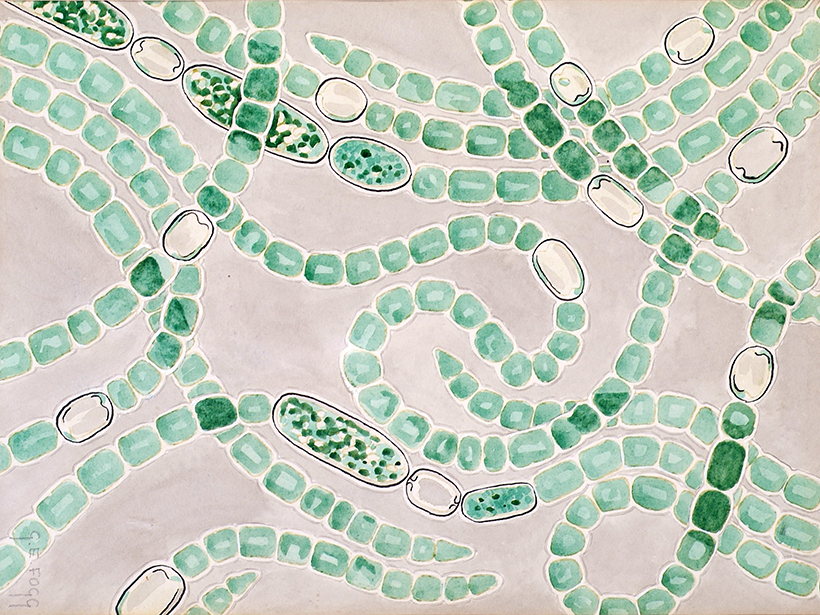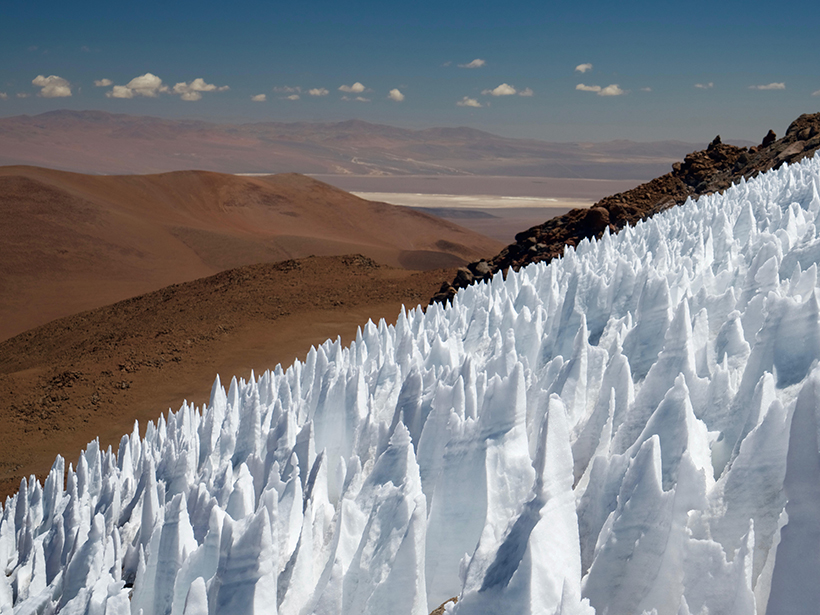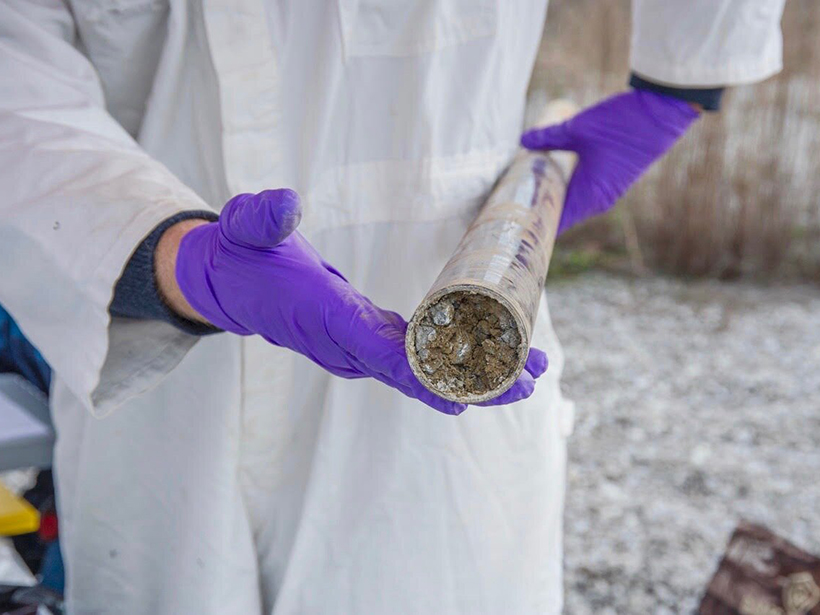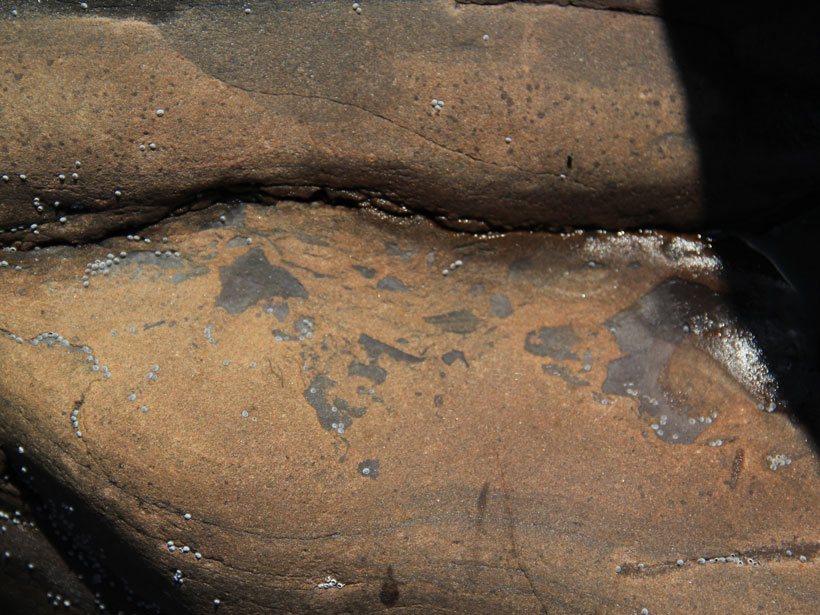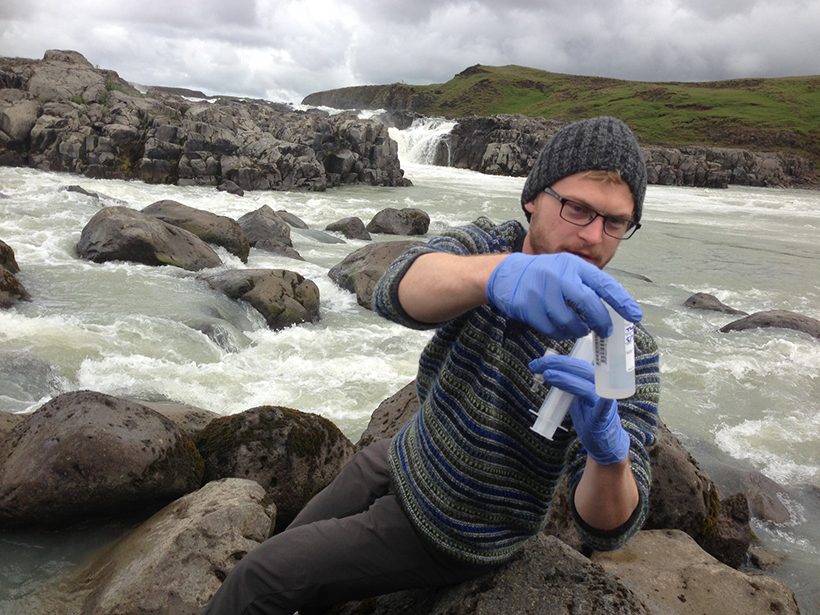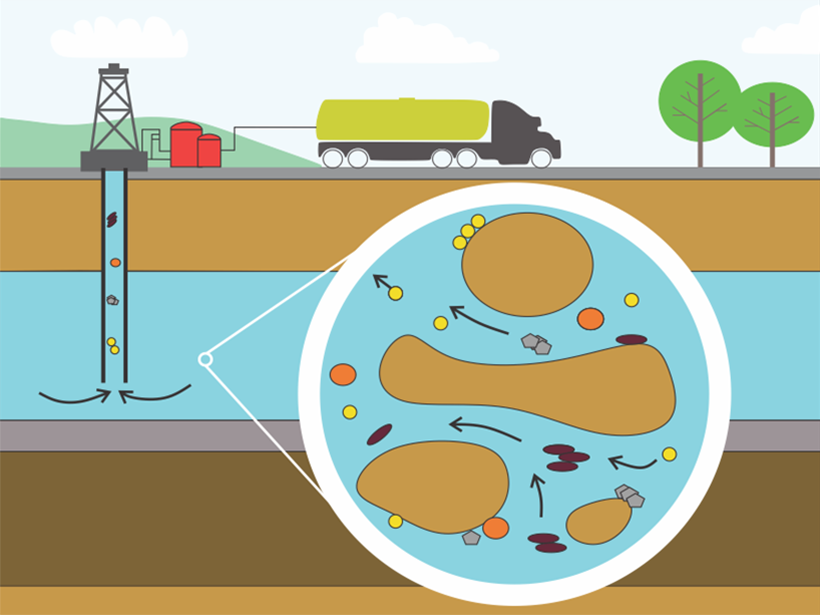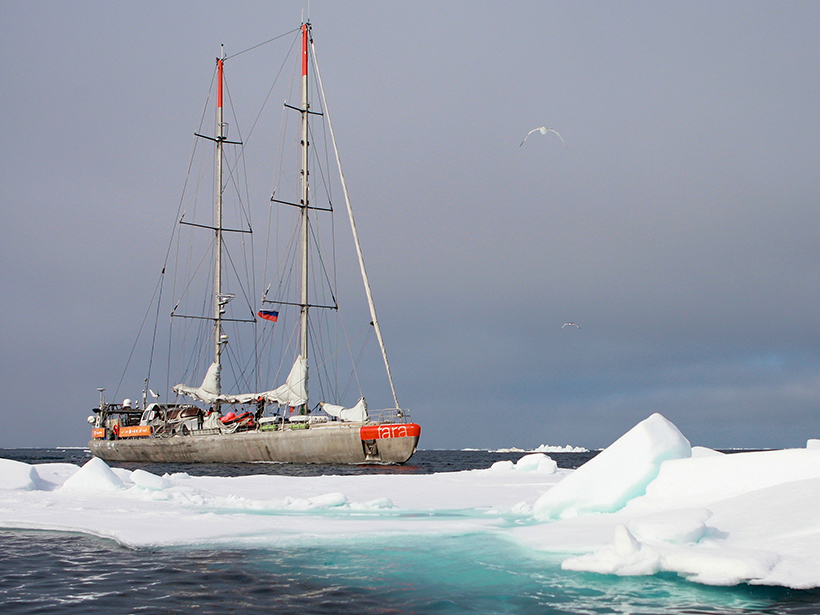A new theory suggests that nitrogenase from cyanobacteria could be the reason oxygen levels remained low after the Great Oxidation Event.
bacteria & microbes
Microbes Spotted on Blades of Ice High in the Andes
Researchers discover microbial life on ice spires known as penitentes on the arid, sunlight-blasted upper reaches of Llullaillaco, one of the best earthly analogues for Mars.
New Tool Reveals That Soils Are Teeming with Active Microbes
BONCAT, a new type of amino acid tagging, highlights and categorizes active soil microbes in situ.
Paleontologists Peer Inside Billion-Year-Old Cells
Scientists have discovered the fossilized remains of Precambrian cells extraordinarily preserved with the rare earth element phosphates monazite and xenotime.
The Jail That Keeps Oxygen in the Air
Oxygen shouldn’t be in the air we breathe. But it is, and the reason why is almost criminal.
Treating Colloids as Clusters Better Predicts Their Behavior
New research suggests that an accurate prediction of colloidal particle mobilization in the environment should account for the effect of clustering.
Antibiotics Are Flooding Earth’s Rivers
The drugs can lead to drug-resistant bacteria and deadly infections.
Microbes Spotted in “Polyextreme” Hot Springs
Hot springs that are as acidic as battery acid are home to single-celled microorganisms that may indicate that life could have been sustained on ancient Mars.
Tracking Dissolved Organic Matter in Coastal Ecosystems
Dissolved organic matter supports aquatic food webs and holds as much carbon as the atmosphere. A new study tracks which sources and processes play the biggest role in coastal systems.
Marine Virus Survey Reveals Biodiversity Hot Spots
Ocean samples collected from around the world produced a twelvefold increase in the number of marine viruses known. A portion of the Arctic Ocean has “surprisingly high diversity.”

